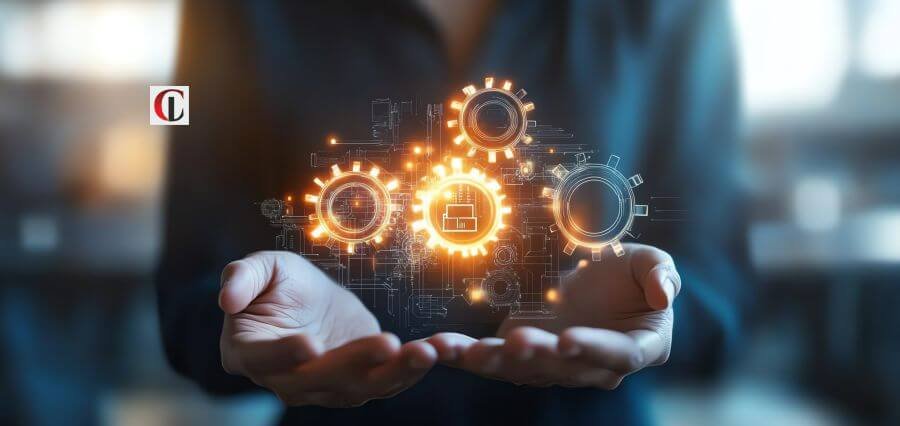Technologies, revolutions, and crisis
Core Points
- The digital office has been adopted at an unprecedented rate due to Covid, we’re seeing ten years of evolution in workplace technology over the last three years
- New ways of working digitally with automation, AI and data management is now driving operational excellence
- The ability to adopt new innovations, often working with partners, into an ever-changing IT landscape demands a new approach to digital transformation
- The pace of change across all industries combined with the drain of experienced IT professionals leaving the workforce throughout Covid makes attracting and retaining talent a significant challenge
Article
In March 2020 Antares went from an office-based organisation with managed IT in centralised locations to running over three hundred remote offices around the globe overnight. Although not seamless, the transition to an environment where business was done via virtual meetings, online synchronous collaboration and messaging replacing email, was quickly adopted alongside millions of other companies. The companies that provided the technologies that supported this global change poured money into development of the tools that help us run our business today.
The lessons learnt from that accelerated use of technology are now being applied throughout organisations and form the basis of our digital strategy. Our strategy aims to deliver operational excellence and the adoption of innovation, both through internal change and working with partners to extend our own capabilities. This global revolution focusing on operational excellence is driving the transformation of our internal processes using automation, artificial intelligence and data management technology.
The pace of innovation in our market such as real time flexible products or AI driven claims assessment, present additional opportunities if we can adopt and integrate them into our business efficiently. There is obvious value in using AI to make a claims assessment quickly and accurately, but the full value comes from automatically processing the data from the assessment, carrying out all the fraud checks and making payments for the claim as well as feeding and enhancing our risk and pricing models. This also results in changing the roles of our people to provide management and oversight of these processes and it is this change which must be managed to truly realise the value of digital transformation.
The ability of our IT functions to quickly integrate new innovations into our IT landscape has several challenges and solutions, both technological and people. By adopting a composite approach to solutions, we can make the most valuable components of our systems modular so they can be reused, as well as investing in API technology to support new services. The customer engagement model is changing, and these technologies will enable new digital products such as claims portals and chatbots that can hook into these modules.
The pace of change and opening of IT services also brings increased cyber risk and this will remain high on the CIO and Board’s agenda for the foreseeable future.
The pandemic also brought about a change in the IT workforce with many experienced IT professionals leaving the workforce at a time when demand is surging. This shortage of skilled IT resources is unlikely to be resolved in the short to medium term so we must look to attract, retain and train our IT teams to support the transformation of our business and we see this as an ongoing challenge.
Ultimately, successful digital transformation is a combination of people, process and technology and we believe this can only be achieved by using a combination of our own people and partnerships with other companies to benefit from their specialist expertise and systems.




